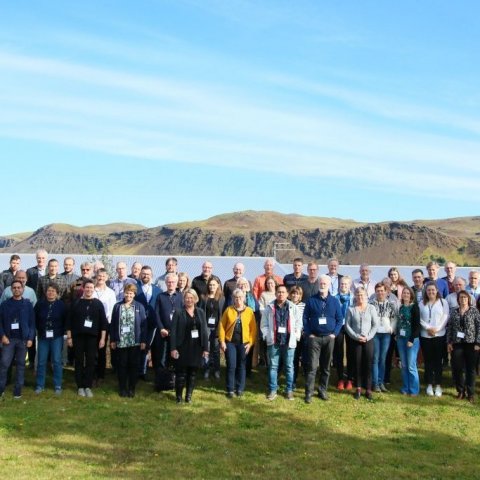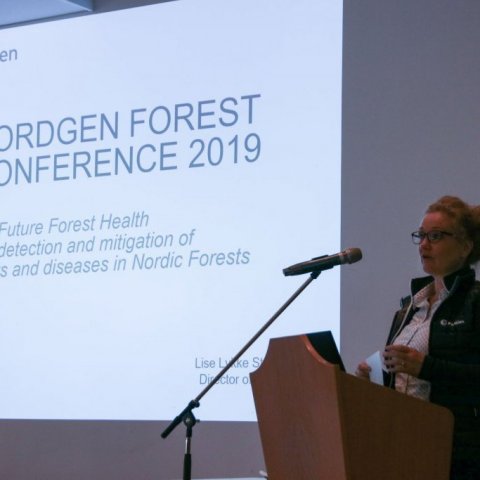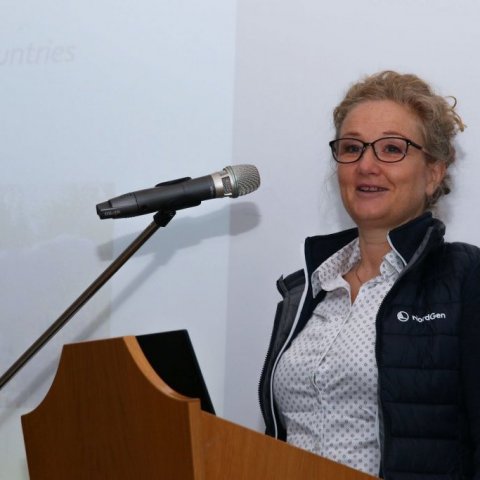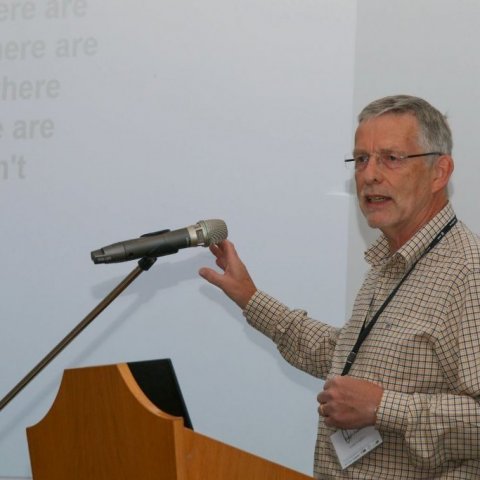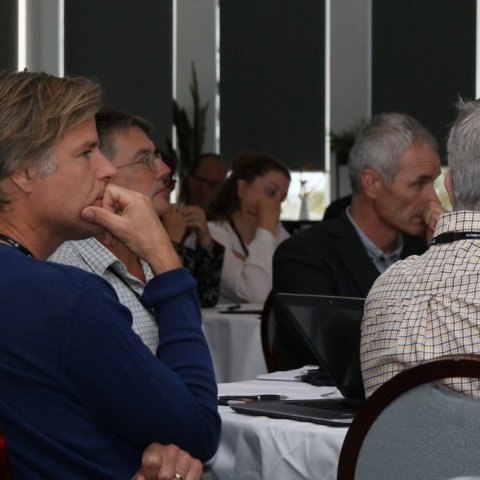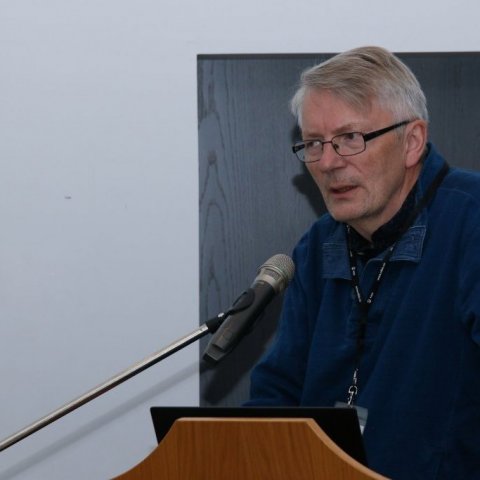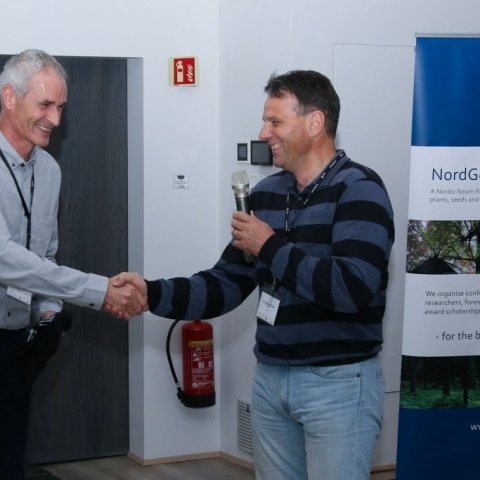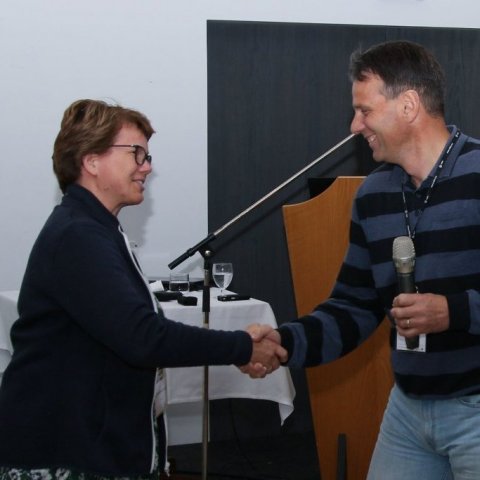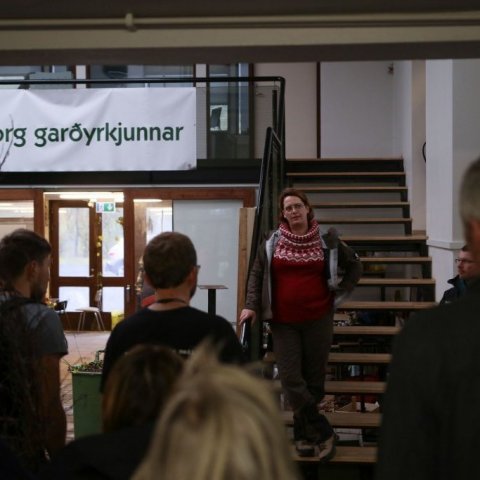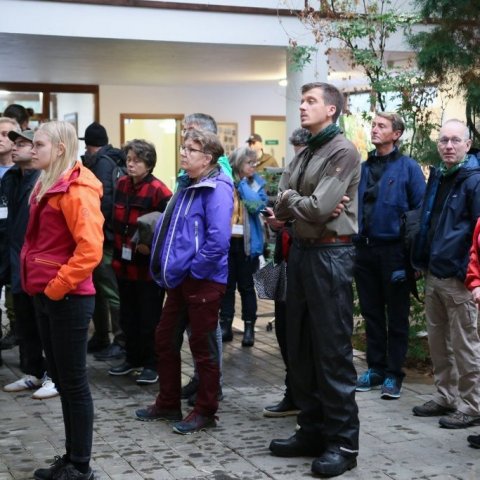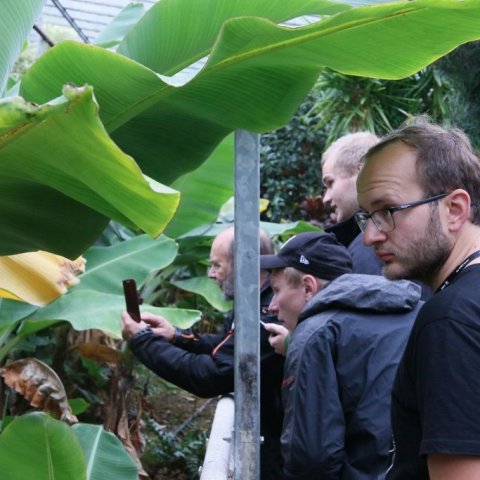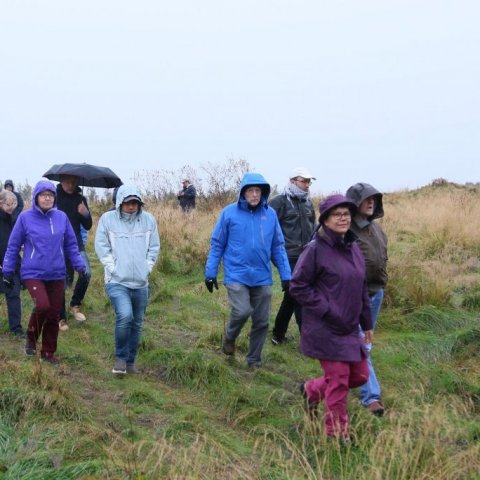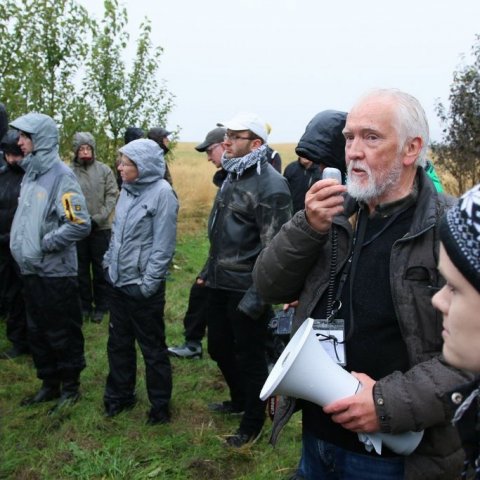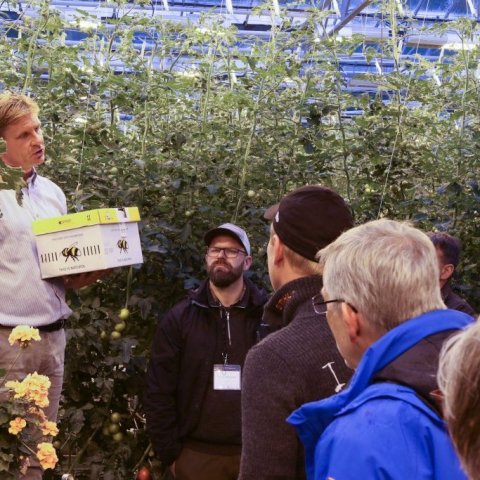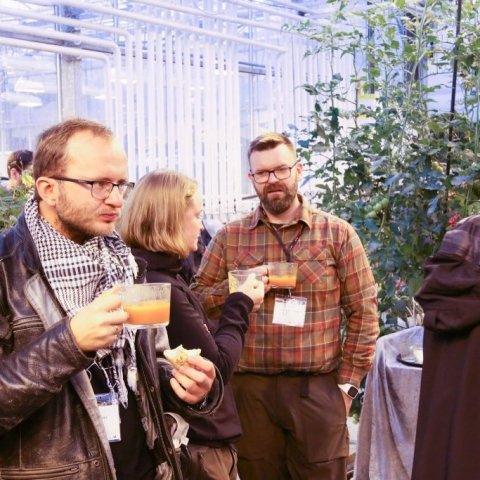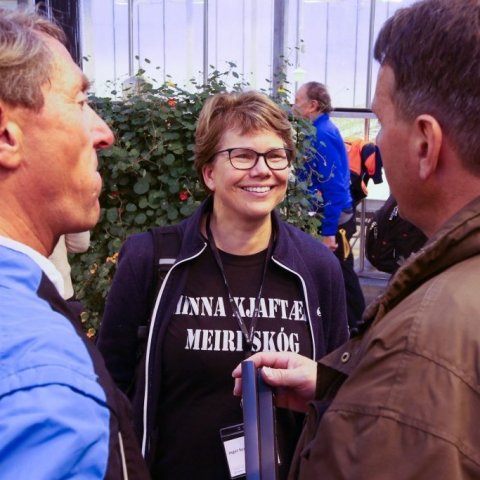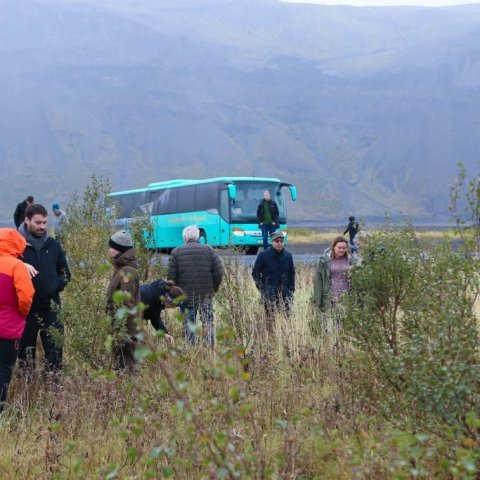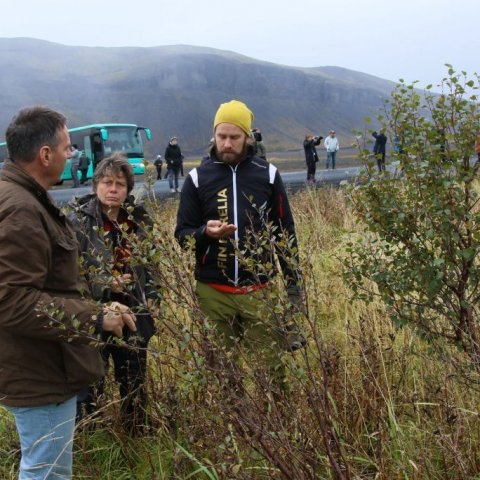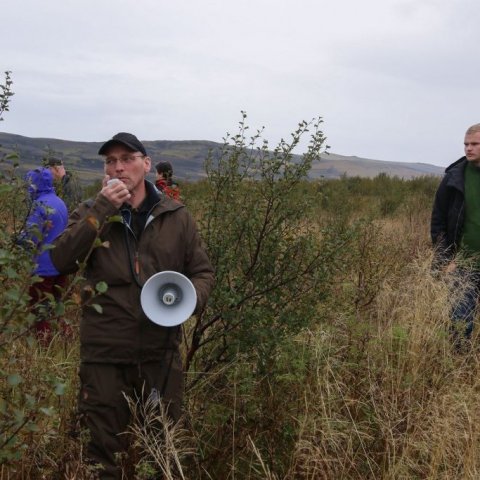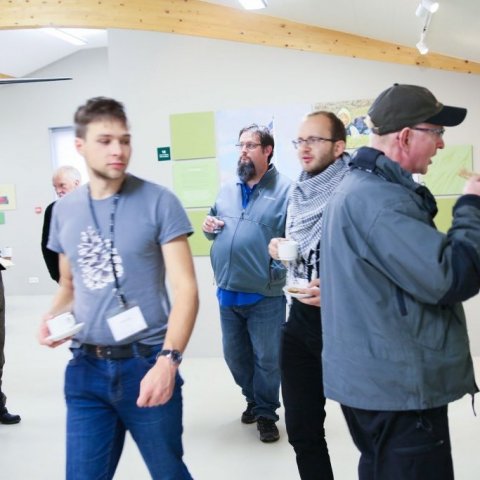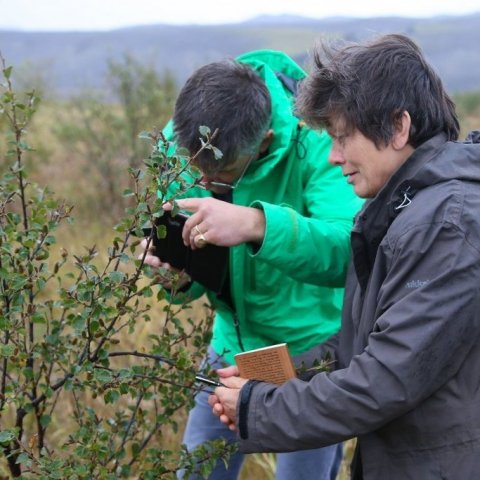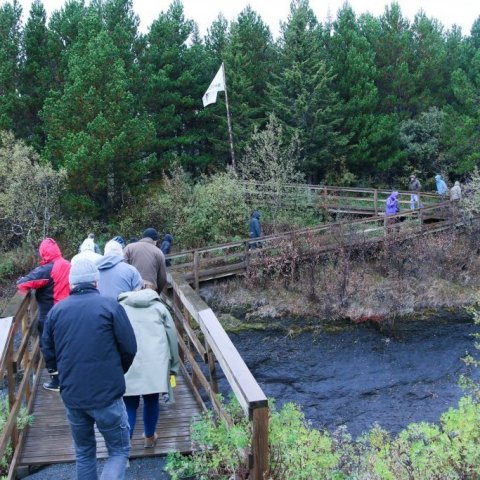Invasive Pests and Diseases theme at NordGen Forest Conference
11.10.2019
News from NordGen's Website
Outside the conference room, steam is rising from the hot springs in the barren landscape. The forest might seem distant but in this room it’s central. The discussions and lectures are all about the future forests. At NordGen Forest’s conference in Iceland, the theme of the year concerns early detection and mitigation of invasive pests and diseases in the Nordic forests. The interest is massive.
The Icelandic words on the t-shirts given to the lecturers translates to “Less bullshit – more forests”. It’s an expression for the frustration the Icelandic foresters feel. According to them, their politicians love to talk about forests, but the forest sector want to see more concrete action. Iceland is still a country with very few trees.
“When the first settlers came here 1 100 years ago, about 25% of the island was covered by forest. Today, that number is down to 1,5%”, said Guðmundur Halldórsson from Icelandic Soil Conservation, an institution working with the erosion problems in Iceland.
One way to handle the erosion problems is of course to plant trees. In Iceland, new tree species are often planted and today about one third of all the trees here are so called exotic tree species.
“With this import, new pest species are introduced. And they pose a significant threat to the forest on Iceland”, he said.
Meeting place for Nordic foresters
NordGen Forest’s yearly conferences gather foresters from all the Nordic countries. The purpose is to create a forum where people can meet, exchange knowledge and discuss relevant issues.
“When it comes to forests, lots of people are talking about how important they are. But fewer are talking about the threats that pests and diseases pose to the forests, partly due to climate change”, Lise Lykke Steffensen said in her opening speech.
Relevant lecturers
The threats that invasive diseases and pests pose, is worsened by international movement. This was the theme of the lecture by Professor Hugh Evans from Forest Research in the United Kingdom.
“Global trade, climate change and international movement create a ‘perfect storm’ for new damages to trees in new locations”, he said.
So, how can a solution look like and what needs to be done? Professor Evans focused on the fact that effort is needed on reducing risks from both known and especially unknown pests. Halldór Sverrison, Icelandic Forest Service, underlined the fact that breeding is important. He told the participants more about how the threat from popular leaf rust had been reduced this way. Hans Peter Ravn from Copenhangen University, addressed the importance of international cooperation, in particular the Nordic.
“The collaboration between neighboring countries is important in order to create an early warning system. But we also have to create an international network. Student exchanges is a good start” he said.
Excursion among volcanic forests
The lectures at the conference rose many new thoughts among the participants. Fortunately, they had another day to meet and talk about the lifted issues and discuss their solutions. NordGen Forest’s conferences are always accompanied with an excursion.
“This year, we will able to see forests growing close to the active volcano Hekla. We are also to visit greenhouses and research fields working with the areas discussed in the conference. It will, as usual, be a very interesting and educative trip” says Inger Sundheim Fløistad, Senior Advisor at NordGen Forest.
Next year, the conference will be arranged in Norway during the fall of 2020. It coincides with the NordGen Forest 50-year anniversary.


